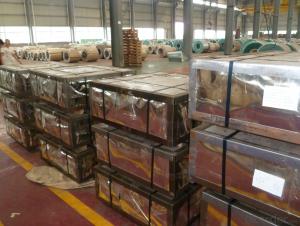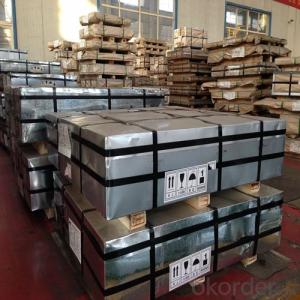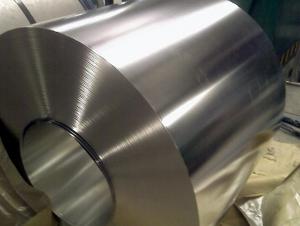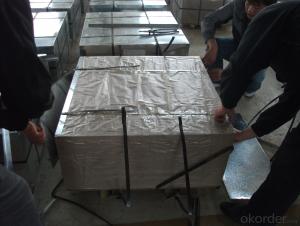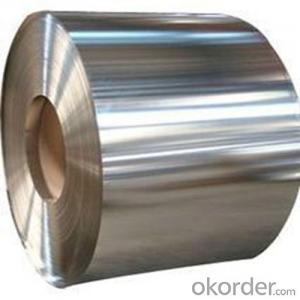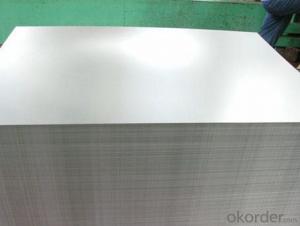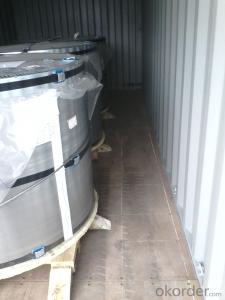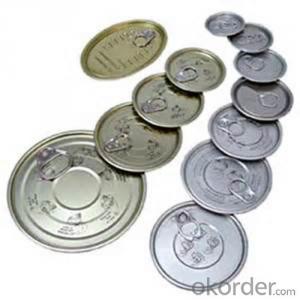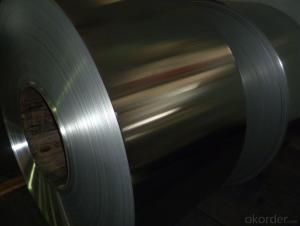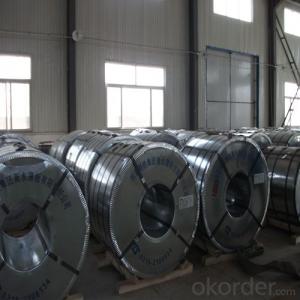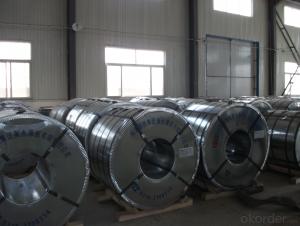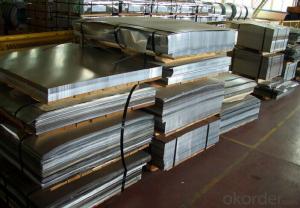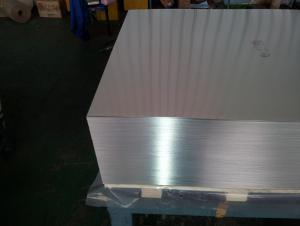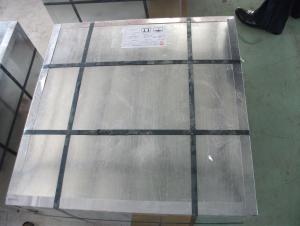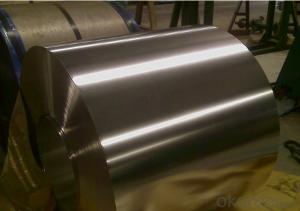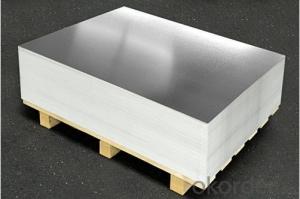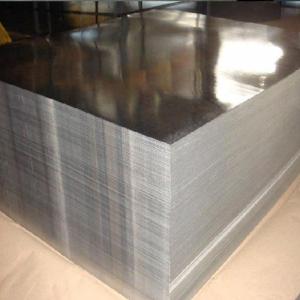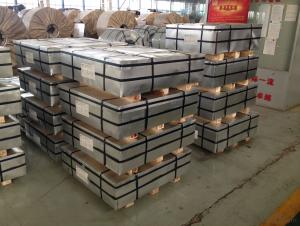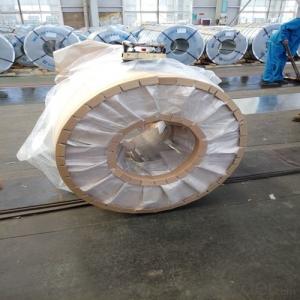Prime Electrolytic Tinplate
Prime Electrolytic Tinplate Related Searches
Roofing Sheets In Chennai Electrolytic Tinplate Coil Flexible Plexiglass Sheets Buy Tinplate Sheets Prime Electrolytic Tinplate Lionel Tinplate Blue Comet Lionel Tinplate Christmas Mth Tinplate Catalog 2017 Veneered Chipboard Sheets 4X8 Styrofoam SheetsHot Searches
Tinplate Sheets For Sale Tinplate China Tata Tinplate Price List Tinplate Price Trend Tinplate Nse Share Price Tinplate Price Chart Tinplate Share Price Nse Tata Tinplate Share Price Tinplate Share Price Today Tinplate Share Price Bse Tinplate Price Tinplate Share Price Tinplate Coil Manufacturers Tinplate Sheet Suppliers Tinplate Factory Plywood Sheets Prices Melamine Laminate Sheets Suppliers Tinplate Production Tinplate Products Ltd Tinplate ProductsPrime Electrolytic Tinplate Supplier & Manufacturer from China
Okorder.com is a professional Prime Electrolytic Tinplate supplier & manufacturer, offers integrated one-stop services including real-time quoting and online cargo tracking. We are funded by CNBM Group, a Fortune 500 enterprise and the largest Prime Electrolytic Tinplate firm in China.Hot Products
FAQ
- Yes, tinplate can be recycled. Tinplate is made from steel coated with a thin layer of tin, and both steel and tin are recyclable materials. Recycling tinplate involves separating the steel and tin layers, melting them down, and then reusing them to make new products. Recycling tinplate helps conserve natural resources and reduces waste.
- There are several different printing methods used on tinplate, including lithography, screen printing, and digital printing. These methods allow for high-quality and detailed designs to be printed onto tinplate surfaces, making them ideal for packaging and decorative applications.
- The purpose of tinplate coating is to provide a protective layer of tin on the surface of steel, preventing corrosion and enhancing the durability and longevity of the metal.
- Yes, tinplate can be used for outdoor signage. Tinplate is a durable and weather-resistant material, making it suitable for outdoor applications like signage. It is resistant to corrosion and can withstand various weather conditions, making it a reliable choice for long-lasting outdoor signage.
- Yes, tinplate packaging can be used for stationery products. Tinplate packaging is durable, lightweight, and offers protection against moisture, making it an ideal choice for storing and packaging various stationery items such as pens, pencils, erasers, and other small office supplies. Additionally, tinplate packaging can be customized with attractive designs and branding, making it visually appealing for consumers.
- Soup with tin cans loaded also need high temperature sterilization?
- At present, there are DN400x500, DN600x1000, DN800*1000, DN900*1000 and DN900x1500 in the market, and the small sterilization pot with boilers is heated by steam. If not, heating by electricity can also be done. The phone won't be left. If you need any service from the manufacturer, you can call me from Hi. The key is not to sell, eliminating confusion is the key.
- Tinplate is coated through a process called electroplating, where a thin layer of tin is applied onto the surface of steel or iron. This is done by immersing the metal into an electrolyte solution along with a tin anode and passing an electric current through the setup. The electric current causes tin ions to be attracted to the metal surface, forming a protective coating of tin on both sides of the tinplate.





